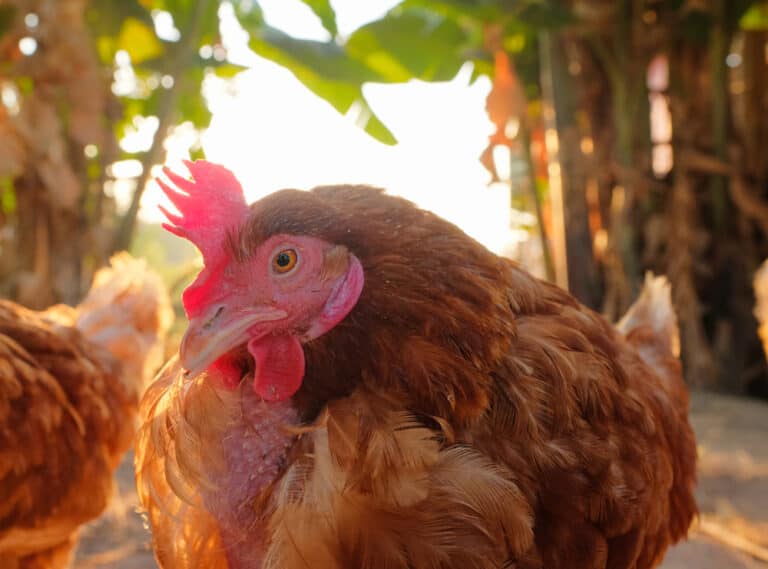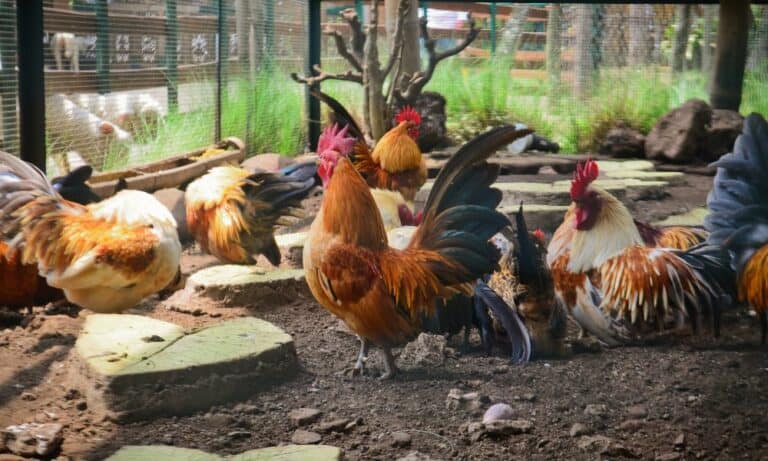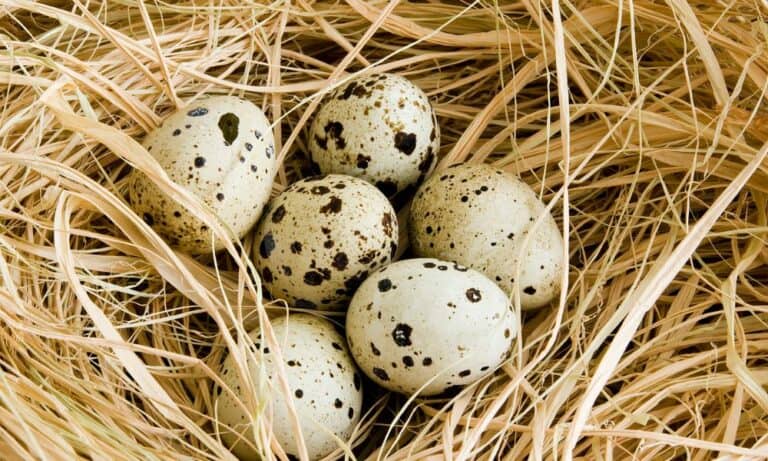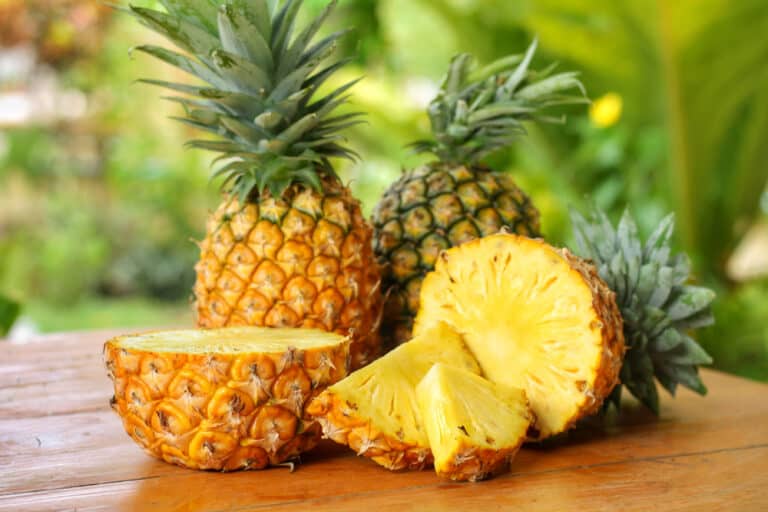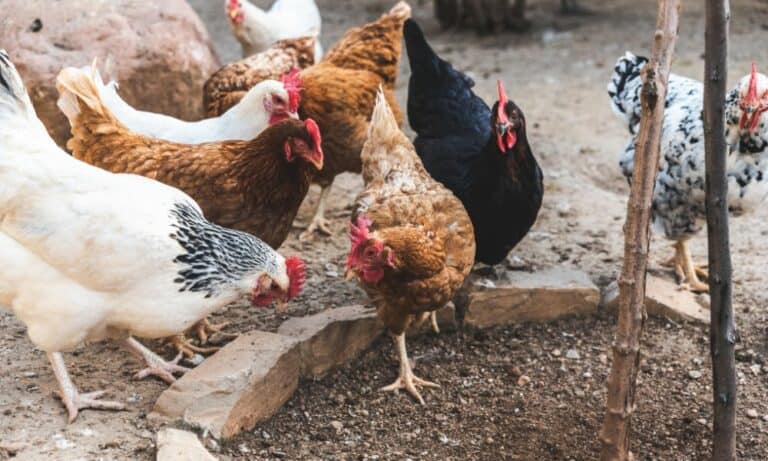Did you even think about whether backyard chickens can eat celery? If you are someone who is raising chickens and feeding them, this question must have come to your mind! The answer is yes!
Chicken can eat celery, and it has many health benefits. Choosing the right food for your chickens and adding raw or dried vegetables to their diet will improve their meat quality.
Also, when you start raising chickens, picking the right food and determining what chickens can eat and what you should avoid giving to them might seem challenging!
General Information About Celery
Before we dive into what your chickens like and which parts of celery they like to eat most, let’s check some basic information about celery.
Yes, we all know what celery is; it is a water-rich vegetable or marshland plant from the same family (Apiaceae) as carrots and parsley.
There are three categories of celery: celeriac, leaf, and Pascal celery. The most commonly seen celery on our market is Pascal celery, also known as “stalk celery.”
Pascal celery is mainly grown for the stalks, while other types, such as celeriac, are mainly used for their roots and shoots. As the name implies, the celery leaf is cultivated in East Asia and used for their leaves.
Celery has long fibrous stalks with a specific scent; many deem it strong and intense. Therefore, due to this strong smell, celery is considered an aromatic vegetable, along with scallions, garlic, carrots, and onions, among others.
If you are someone who likes to cook, you know that celery brings a special and unique aroma to various dishes, including broth, soup, salads, and smoothies. Interestingly, the usage of celery as aromatic dates back to the Roman Empire.
Namely, Romans and Greeks used it very often as a flavoring. However, the celery they consumed differs greatly from the variety we have today. The celery with big succulent leafstalks was developed in the 18th century.
Which Parts of the Celery Plant Do Chickens Eat?
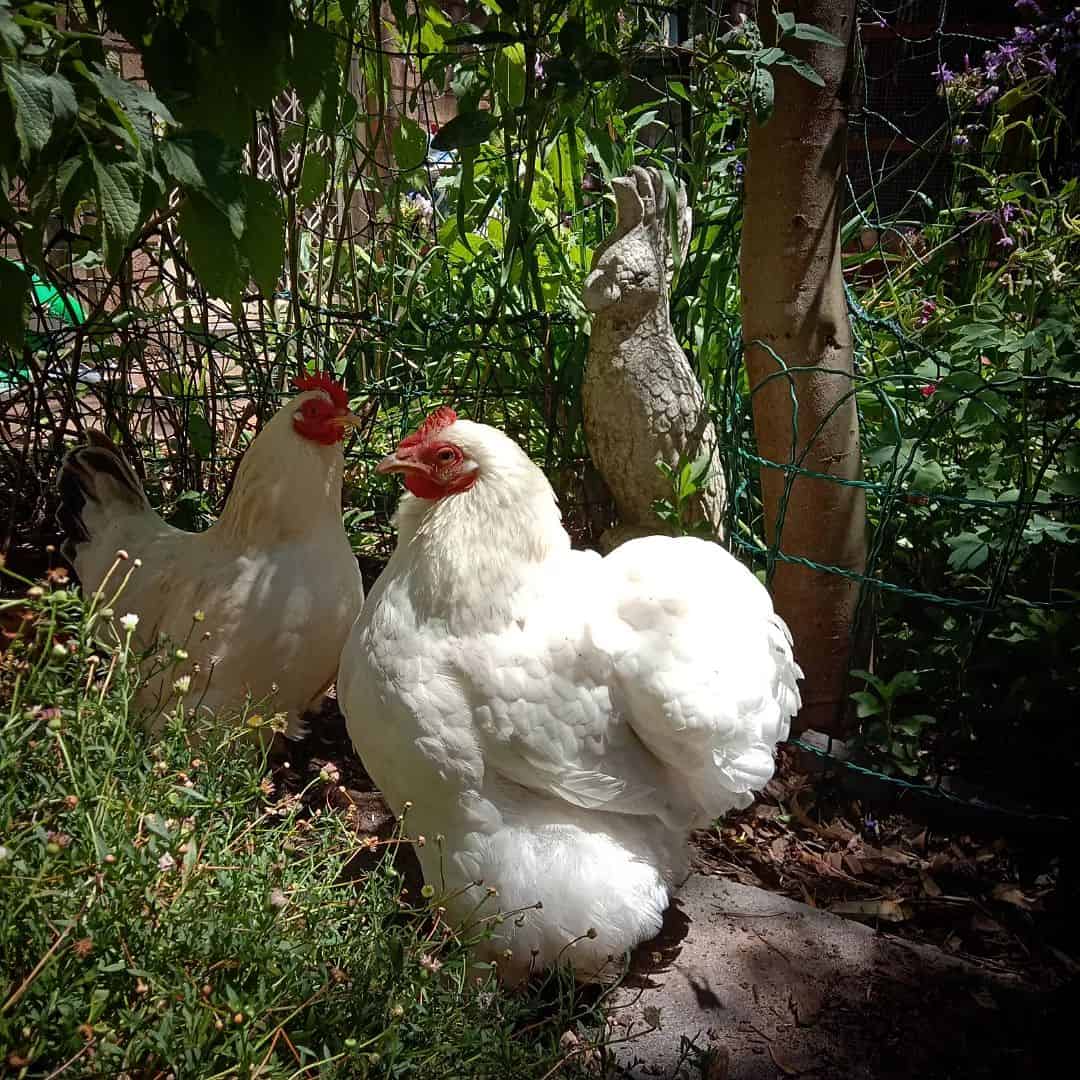
The good news is that chickens like to eat celery and can eat the entire plant, ranging from stalks, leaves, and even celery roots. If you are new to raising chickens, you may be surprised to learn that chickens will eat almost anything.
They are not picky and often eat food or things that can harm their health. Luckily, celery is not one of those foods. However, some chickens may not want to munch on this aromatic veggie, while others may be thrilled to eat it.
Like other animals, chickens also have their preferences when it comes to food, and no one can blame them.
1. Leaves
Chickens are particularly fond of celery leaves, or the dense, leafy part of the plant. Why? Well, this part most likely tastes the best to chickens compared to the root and the stalk. Interestingly, leaves contain nutrients and vitamins, such as vitamin C, A, and K.
Furthermore, the leaves are an excellent source of calcium and magnesium. When it comes to digestion, the leaves are very easily digestible and will not cause intestinal issues to your flock!
If you ever tried feeding your chickens with celery, the leaves are the first part they “attack,” and it will unlikely ever go to waste.
2. Roots
As noted, chickens can also eat celery roots without any repercussions. The roots are also known to have various minerals and nutrients, such as fiber, antioxidants, zinc, phosphorus, and potassium, and therefore are a good choice for your chickens.
The root also contains fiber like the leaves and will help keep the digestive system working optimally!
Compared to the stalks, the root is slightly softer but much firmer than the leaves. Hence the chickens will most likely choose the root over other stalks or harder parts of the plant. How to prepare the celery root? Well, just wash it and cut it into small pieces.
Important note: Giving too much celery, including celery root, to chickens can cause digestive problems if they consume large quantities. It will not cause irreparable damage, but you will most likely see a difference in the chicken’s behavior.
3. Stalks
Although celery stalks are much firmer than roots and leaves, chickens can still eat them. However, this crunchy treat is not their favorite, and if it is not cut correctly, it might cause them some frustration.
As you probably know, chickens do not have teeth and opposable thumbs, so picking the celery stalk off the ground and chewing it can be very hard. In other words, due to the lack of teeth, chickens cannot break the stalks in their mouths like other animals.
Therefore, before serving celery stalks to your chickens, make sure that you cut them into smaller pieces. Regardless of their preference, stalks are a good food choice for chickens because they have various nutrients, minerals, and vitamins, such as vitamin K, B, and potassium.
What Are the Health Benefits of Celery?
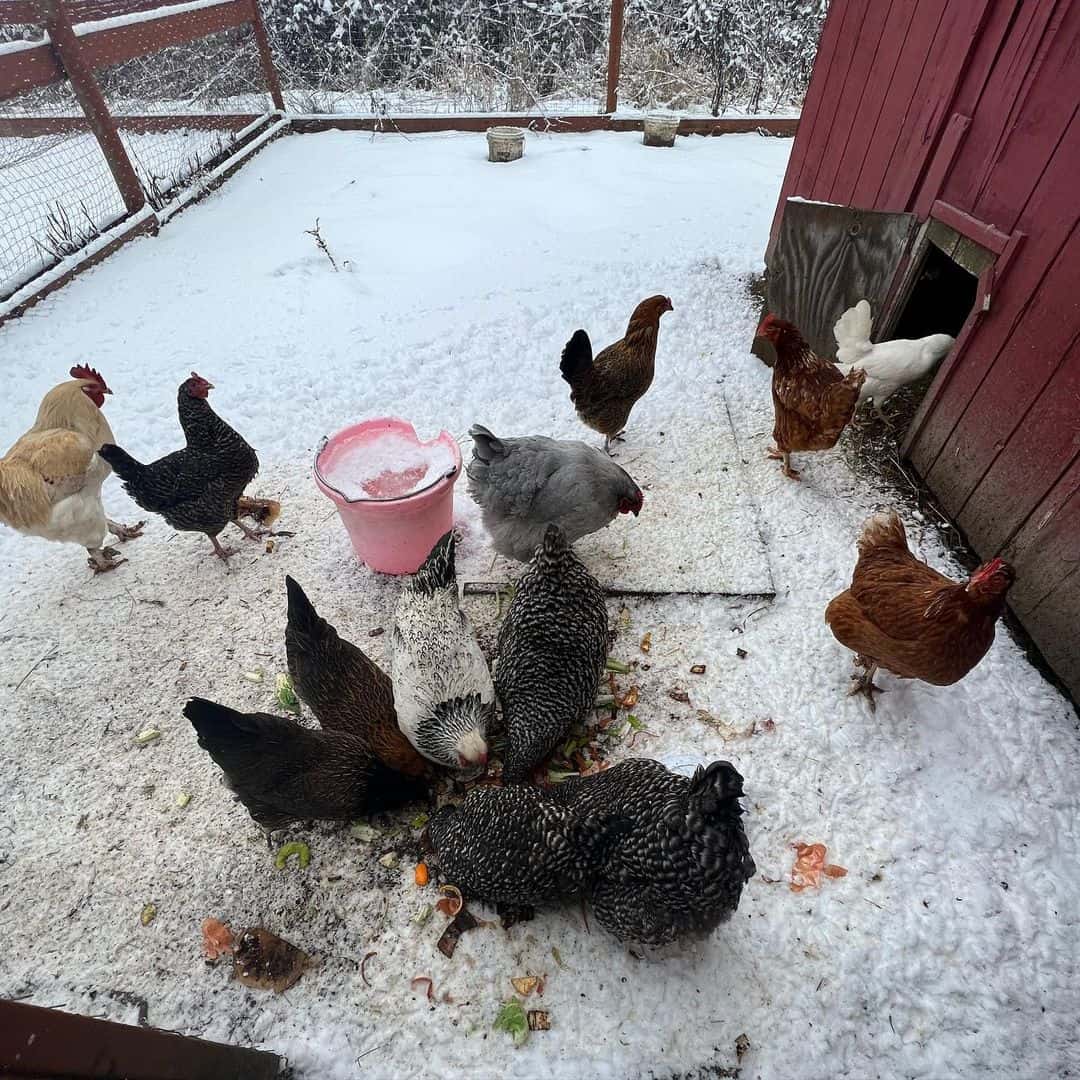
Whether you or your chickens like or dislike the taste of celery, the fact is that celery is a great vegetable with numerous health benefits. Did you know that celery reduces inflammation? Yes!
Celery has around 25 anti-inflammatory compounds that protect our organisms against inflammation. It is also known to support digestion with its numerous antioxidants and compounds.
In addition, celery helps the body produce enzymes that aid digestion and help with constipation. Ultimately, celery has an alkalizing effect and low glycemic index, meaning it slowly affects your sugar.
What is Celery’s Nutritional Profile?

As mentioned, celery is packed with nutrients, vitamins, and minerals. It has a high water content, around 95.4 grams, and a generous amount of fiber, 1.6 grams. It is said that one cup of celery stick approximately has around 5 grams of fiber.
Celery is a low-calorie vegetable with approximately 14 calories in 100 grams, far more than you should give to your chicken. It also depends on how big your flock is.
It is also low on sugar, only 1.34 grams, but has plenty of vitamin K 29.3 ug and potassium, 260 mg. Furthermore, celery has 0.69 grams of protein and 2.97 grams of carbohydrates. Like most vegetables, it is low in fats, with only 0.17 grams.
As stated, celery is packed with minerals: iron 0.2 mg, manganese 11 mg, sodium 80 milligrams, folate 36 ug, magnesium 11 milligrams, and phosphorus 24 milligrams.
What Else Chickens Like To Eat?

Besides the chicken’s celery, there are numerous other vegetables and fruits that will bring joy to your flock! Chickens also like to eat kale, broccoli, cabbage, and lettuce, among other vegetables.
They are not quite picky eaters, and you can often serve them table scraps. However, remember that some food may be hard on their digestion, and they can simply dislike it and refuse to eat it.
For example, if consumed in larger portions, raw green peels from potatoes and citrus fruit can cause health issues for your chickens. If you are unsure whether you should give the food scraps to chickens, here is a simple rule.
If you would not eat that food, do not give it to the chickens. Also, avoid rotten or stale foods because they can be harmful. The best way to give them food is to cut it into small pieces, spread it on the ground, or place it into their feeder.
Chickens can also eat stems, pulp, fruits like apples, watermelon, berries, corn, and cooked beans. Also, if your chickens are free-range, you should consider buying chicken feed and even if they are not.
Always choose high-quality poultry food to provide the chicken with all the necessary nutrients. Here is a video on feeding greens to your backyard chickens!
FAQ
1. What Happens If Chicken Eats Too Much Celery?
Also, moderation is the key when it comes to feeding chickens, regardless of the food you give them! A chicken consuming too much celery may cause various health risks.
The major reasons are gastrointestinal issues, mainly if the chicken has recently started eating celery and its stomach is not used to processing this plant.
But as mentioned, chickens will eat about anything they see on the ground, including rubber or plastic, which is often a reason to visit the vet.
2. Which Foods Should I Avoid Giving To Chickens?
It would help if you never gave chickens food scraps high in salt or fat. Furthermore, avoid giving them raw eggs, meat, potato, avocado, uncooked rice or beans, and chocolate.
Interestingly, uncooked beans or dried beans can be fatal for your chickens. In addition, please do not give chickens moldy food because it has toxins and can cause digestive problems.
If you want to read more about foods you should not feed your chickens, click here!
Conclusion
So, can chickens eat celery? Of course, they can, and there is no reason not to give it to them. However, remember that moderation is the key, and too much of anything can be problematic.
In this article, we have covered some basic information about celery, what chickens like to eat, which parts of celery they eat, and celery’s health benefits and nutrition. Also, knowing which food you should avoid when feeding your chickens is important!
Are you considering raising backyard chickens, or do you already have them? If so, share your thoughts on their diet! If you have any questions, do not hesitate to ask!

